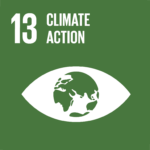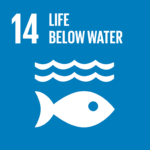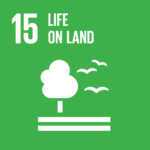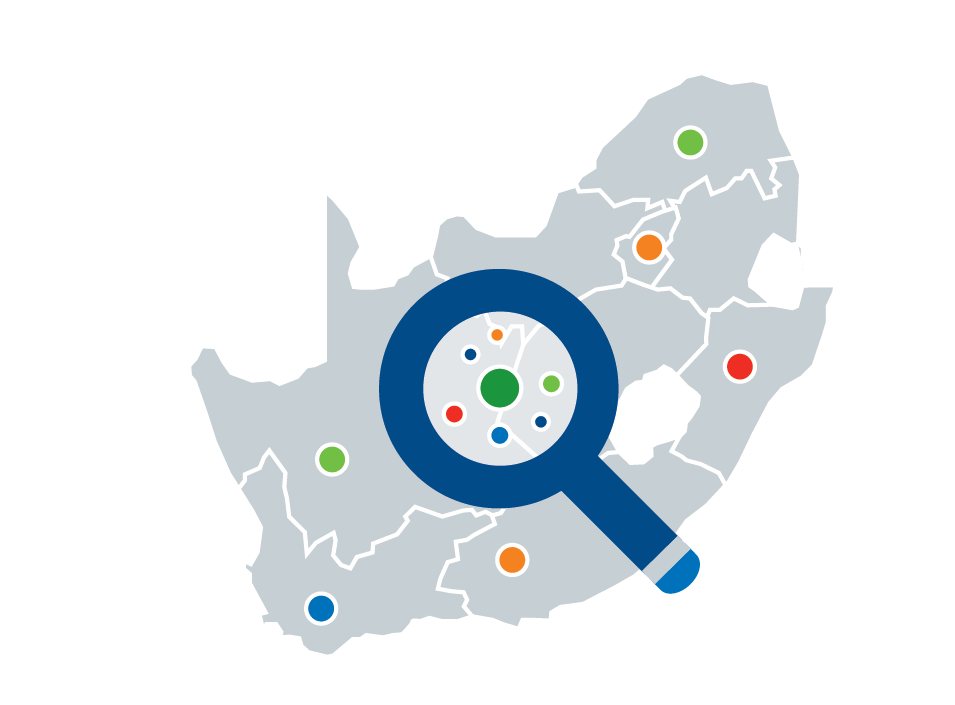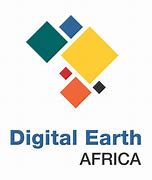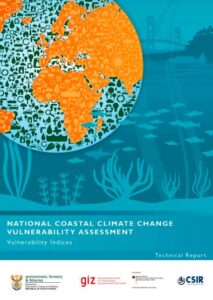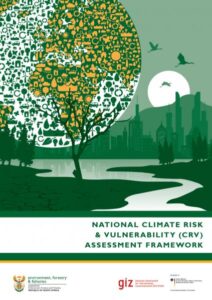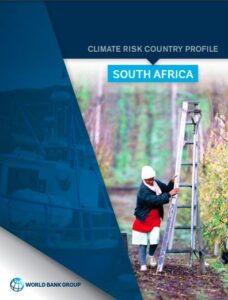The coastline is one of the fast-changing coastal landforms. Thus, frequent monitoring and accurate detection of coastlines are very important to understanding the coastal dynamics and processes of several coastal features. Geographic Information systems and Remote sensing are technologies that can play an important function in monitoring and managing coastal erosion by offering useful information about changes in the coastal environment. Remote sensing can be used to compare images of coastal areas over time, allowing for the detection of changes in shoreline position and land cover. This can assist in detecting areas facing erosion and realising the magnitude of the changes. Remote sensing technologies, such as Light Detection and Ranging (LiDAR) and satellite-based interferometric synthetic aperture radar (InSAR), can provide high-resolution topographic data. This information is useful for planning erosion control measures, identifying sensitive vulnerable areas, and evaluating changes in coastal elevation. Coastal scientists and managers can develop strategies for monitoring, adapting, and mitigating coastal erosion by combining remote sensing technologies with field measurements. The information obtained from remote sensing data can contribute to more effective and sustainable coastal management practices.
Case Study: Monitoring coastline change in the Kwa-Zulu Natal Tugela River mouth using Coastlines on DE Africa maps.
The KwaZulu-Natal (KZN) coastline is subject to coastal erosion. KZN is located in the southeast of South Africa, with a long shoreline on the Indian Ocean. This coast experiences coastal erosion as a result of storm events and sea levels. Regular erosion occurs during normal spring tide, the results of which are often worsened by a decrease in sediment supply. A regional sand deficiency has been observed on the KZN coast, this can be due to drought, sand mining, dam construction, and misguided coastal development (Oceanographic Research Institute, 2017). Furthermore, protection actions such as breakwaters can obstruct the flow of sand, resulting in sand gathering at beaches to the south of the structure, while beaches to the north continue to erode.
The KZN coastline experienced several coastal erosion events in the year 2006/2007 and between mid-May and November 2011. The 2007 coastal erosion events were caused by high swells and austral winter erosion events. Severe coastal erosion occurred along the KwaZulu-Natal coastline between mid-May and November 2011. The 2011 erosion season was driven by relatively low swells (significant wave heights were between 2 m and 4.5 m) but of long duration. Swell-propagation direction and swell duration played a major role in driving the 2011 erosion event (Alan Smith et al., 2013). Sandy beaches underlain by shallow bedrock and thick sandy beaches were noted to be two erosion hotspot types for this area.
This case study makes use of a remote sensing platform called Digital Earth Africa to monitor coastline changes. The notebook was used to assess trends in coastal expansion and erosion for the coast of Kwa-Zulu Natal Province, near the Tugela River mouth with the coordinates (-29.21,31.5). Digital Earth Africa Coastlines is a continental dataset that consists of annual shorelines and rates of coastal change for the whole African coastline. The product merges satellite data from the Digital Earth Africa program with tidal modeling to map the typical location of the coastline at mean sea level each year. The tool makes it possible to assess trends in coastal expansion and erosion at both the local and continental scales, enabling historical mapping of coastal change patterns to be updated regularly as new data is obtained. This enables current rates of coastal change to be compared with those observed in previous years or decades (DE Africa,2020). The ability to map the positions of the shoreline every year offers an important understanding of whether changes to the coastline are a result of one-time occurrences or a longer-term pattern of steady developments.
The results ( see images below) of the DE Africa coastline indicate that this coastline near Tugela River mouth has retreated by – 14 metres (+-1.5) per year on average since the year 2000. The shoreline in the area of the Tugela River mouth was the most seaward in 2003, and most landward in 2020. Since the year 2000, the median annual position of the shoreline has moved a distance of approximately 257 metres.
Note: Annual shoreline positions represent the median position of the shoreline for each year, corrected to the approximate mean sea level tide. They do not reflect short-term shoreline variability such as changes in shoreline positions between low and high tide, seasonal effects or short-lived influences of individual storms.
